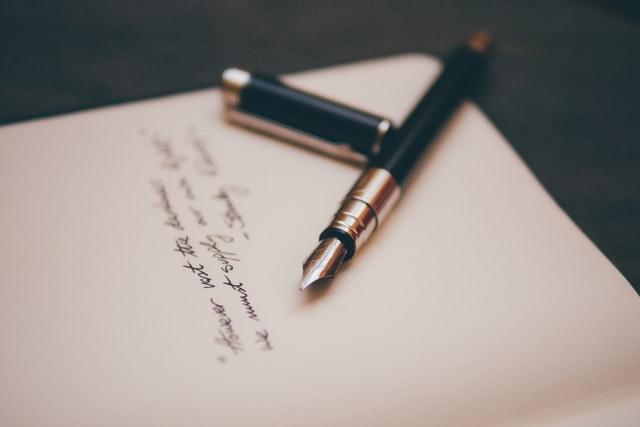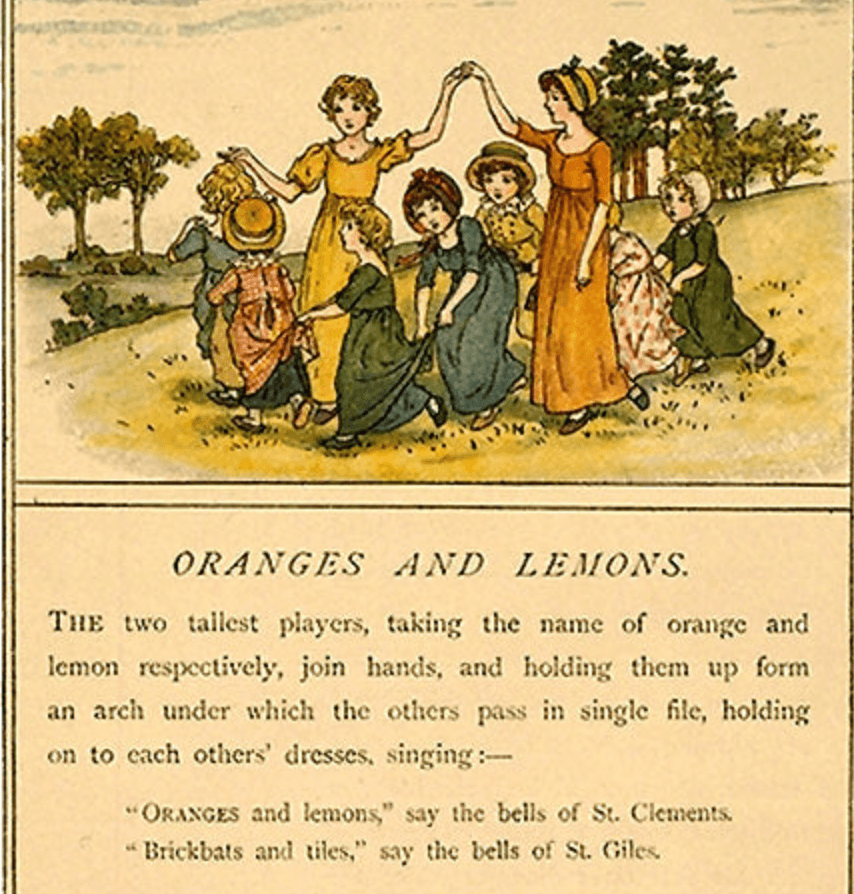Directions how to make a fire with Lehigh coal
 Coal definitely made a brighter, warmer, and less smoky fire than wood, and in Jane Austen’s day, had become a preferred source of heat. The Industrial Revolution, which began in the late 1700’s was fueled by coal and though it had been a prime energy source for centuries, the oldest continuously worked deep-mine, Tower Colliery, was opened in Wales, in 1805. Prior to that coal had been gathered “at the surface” or in private mining endeavors. The first commercial coal mines in the United States were started in 1748 in Midlothian, Virginia, near Richmond, Virginia. The following excerpt from The House Servant’s Directory, was written by Robert Roberts in 1827. Mr. Roberts had been butler to the governor of Massachusetts in 1809 and drew upon his work in that great house, to offer this advice to his fellow laborers.
Coal definitely made a brighter, warmer, and less smoky fire than wood, and in Jane Austen’s day, had become a preferred source of heat. The Industrial Revolution, which began in the late 1700’s was fueled by coal and though it had been a prime energy source for centuries, the oldest continuously worked deep-mine, Tower Colliery, was opened in Wales, in 1805. Prior to that coal had been gathered “at the surface” or in private mining endeavors. The first commercial coal mines in the United States were started in 1748 in Midlothian, Virginia, near Richmond, Virginia. The following excerpt from The House Servant’s Directory, was written by Robert Roberts in 1827. Mr. Roberts had been butler to the governor of Massachusetts in 1809 and drew upon his work in that great house, to offer this advice to his fellow laborers.
Directions how to make a fire with Lehigh coal
And now, Joseph and David, I must address a few ‘last words’ to you on the subject of making coal fires. Having put down all that need be said in respect to employers and servants in their conduct towards each other, I wish to add some very superior directions for making fires of what is anthracite coal, otherwise called Lehigh, Rhode Island, or any hard coal. Very few servants at first understand the method of kindling and continuing a fire of Lehigh coal, many will never learn, and many more from erroneous instructions, whilst they think they understand is, make but a bungling piece of work of it. I had prepared some observations on this subject to be inserted among the directions and receipts, but have omitted them in order to give room to the following full account and directions, and as our book is intended to be useful to servants, it must be granted that a knowledge of how to make a Lehigh coal fire, when it is becoming so common in this country, is quite an acquisition. I wish my fellow servants to read the rules very attentively. They are very humorous, but very true, and they lay down a plain and easy method for preparing and burning this kind of coal. These rules were first published in the ‘New York American’—and people thought them a burlesque upon the use of this kind of fuel, but experience has make them acknowledge that they are most excellent and true, and hundreds have enjoyed the comforts of a hard coal fire made according to the writer’s directions.
Chapter One: Of Buying and Breaking*
- Buy from the vessel, if possible; for a chaldron there is more than at the yard. And remember that every seller of coal is a cheat.
- Stand by and see that large pieces only are put into the cart, for a cart of very large pieces, when broken up, makes a cart and a quarter of small ones.
- Refuse a load that appears to contain dust, because Lehigh dust is clear waste, and enough in all conscience is made when breaking.
- Break the coal before housing it, unless you would have to break it yourself at the risk of either eye.
- Do not be hoaxed out of a dollar for a hammer made expressly for the purpose of breaking Lehigh. The family axe is just as good.
- Do not take a man from the yard with his patent hammer, to break your coal for you, unless you would pay twice what the job is worth, and what a dozen, in less than five minutes after the coal is dumped will offer to do for you.
- In breaking, see that each piece is broken by itself on the pavement, and not as is usual, on the mass, unless you wish to burn half the coal as powder.
- Make the man who breaks, carry in as fast as he breaks, whereby much dust will be saved.
- Let the pieces into which it is broken be about as large as your fist, if your hand is rather a small one; otherwise about the size of your wife’s, provided her hand is something larger than common; or about the size of a half pint tumbler.
- Watch the fellow who breaks, or he will not break half small enough—or he will break it on the mass—or he will use a bushel as a missiles against the boys, cows or pigs—or he will take care to wet it all in the gutter before he takes it up.
- When the coal is in, proceed to the mystery of burning, which deserves a separate chapter. This subject, however, is better handled under the two heads, of kindling, and of replenishing and perpetuating.
- This a great mystery, therefore proceed with caution and with a mind divested of all prejudice.
- Let the grate be perfectly cleared of all foreign substances, and begin the fire at the bottom.
- The best material for kindling is charcoal, unless perhaps dry hickory be preferred; the latter is much cheaper—not absolutely, however, that I know of, but it is relatively. For, in relation to the cook, it may be affirmed that half the charcoal which you buy for kindling will go into the kitchen fire to save trouble. The cheapest method is this: buy a load of dry hickory, stipulate that it shall be large, have it sawed three times—the wood will now be in junks which you may defy the cook to burn—split it up as fast as wanted and no faster. Some say that Liverpool is the cheapest kindler. It may be at six dollars a chaldron, but it is not at sixteen dollars; and they you must have wood to kindle the Liverpool.
- Having got the kindling, proceed to the grate. Throw into it first live coals from the kitchen, then lay on the charcoal or hickory, be not too sparing—then place loosely, and with the fingers, fair pieces of Schuylkill, Lehigh or Rhode Island of the orthodox size. I advise the use of the fingers, because the work is done quicker than with tongs, from which the smooth Schuylkill perpetually slips. Let the coal be piled as high as the grate will allow.
- If you are in a hurry, put up the blower; if not, do not use it, for the hard coal kindles better without forcing. The blower makes a quicker fire, but a worse one, for the outside of the coals is burned before the inside is even heated. When the blower is removed, the heat suddenly subsides; the coals (Lehigh, especially) are found encrusted with a white coating of hard ashes, which renders them almost incombustible, and the fire afterwards becomes very dull.
- If the process of kindling fails, begin all over again. Failure most frequently proceeds from stinginess with the materials of kindling. Better be prodigal of it than have the fire go out, and the grate all disemboweled a second time.
- The fire now being well kindled—but this is the subject of another chapter.
Chapter Three: Of Replenishing and Perpetuating

|



1 comment
[…] Entertaining directions for servants on the proper care and lighting of a coal fire: https://www.janeausten.co.uk/directions-how-to-make-a-fire-with-lehigh-coal/ […]
Heat and Light in Austen’s Novels (Part 1): Fires – Rachel Dodge | Jane Austen's World
Leave a comment
This site is protected by hCaptcha and the hCaptcha Privacy Policy and Terms of Service apply.